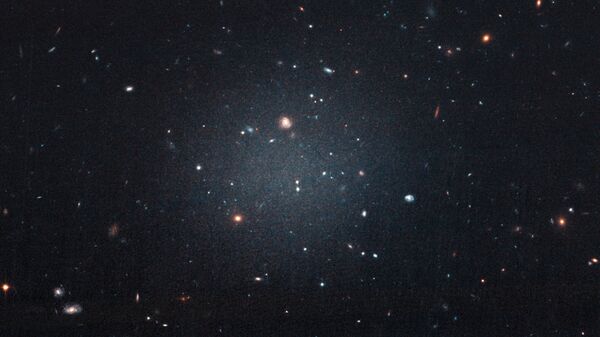Scientists at the University of York claim they have identified the sub-article that forms dark matter. They say the mysterious substance consists of d-star hexaquark that was discovered in experiments in 2014. Protons and neutrons, which contribute to the nuclear synthesis of elements within stars, are made up of sets of three quarks, but the sub-article in question contains sets of six, hence the moniker d-star hexaquark.
When chilled to zero these sub-particles begin to form a Bose-Einstein condensate. Researchers suggest that after the universe cooled and expanded following the Big Bang a vast amount of d-star hexaquarks gathered as condensates and created the effects that dark matter is known for.
"The origin of dark matter in the universe is one of the biggest questions in science and one that, until now, has drawn a blank. Our first calculations indicate that condensates of d-stars are a feasible new candidate for dark matter. This new result is particularly exciting since it doesn't require any concepts that are new to physics", said Professor Daniel Watts from the Department of Physics at the University of York and co-author of the study.
Various researchers previously suggested axions, macro particles, super-heavy gravitinos, or dark photons may have formed dark matter, however unlike the d-star hexaquark, the existence of these particles have not been proved.
Researchers at the University of York now say that they plan to further study d-star hexaquarks to see how they interact with each other and their properties in free space.
"The next step to establish this new dark matter candidate will be to obtain a better understanding of how the d-stars interact when do they attract and when do they repel each other. We are leading new measurements to create d-stars inside an atomic nucleus and see if their properties are different to when they are in free space", said co-author of the paper, Dr Mikhail Bashkanov from the Department of Physics at the University of York.

